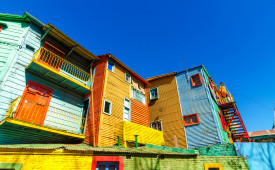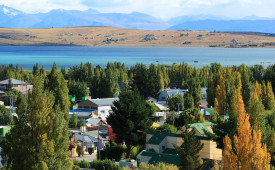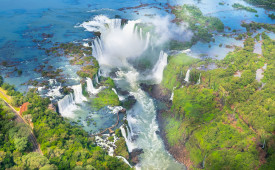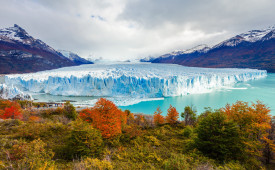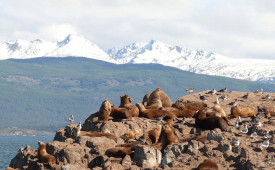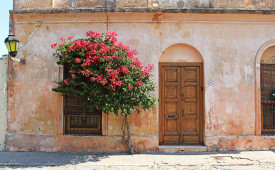-
Latin America
Latin America
- Countries (hidden space)
- Galapagos & Ecuador
- Guatemala
- Mexico
- Panama
- Peru
- Popular Attractions
- Machu Picchu
- Inca Trail
- Easter Island
- Galapagos Islands
- Patagonia
- Rio de Janeiro
- Iguazu Falls
-
Africa
Africa
- Spacer Africa
- South Africa
- Zimbabwe
- Popular Attractions
- Cape Town
- Okavango Delta
- Sossusvlei Dunes
- Victoria Falls
- The Kruger
- The Garden Route
- Masai Mara
-
Asia
Asia
- Spacer Asia
- Laos
- Sri Lanka
- Uzbekistan
- Vietnam
- Popular Attractions
- Taj Mahal
- Lion Rock (Sigiriya)
- Angkor Wat
- Ha Long Bay
- Kyoto
- Europe & Middle East
-
Destinations
- Latin America
- Argentina
- Bolivia
- Brazil
- Chile
- Colombia
- Costa Rica
- Galapagos & Ecuador
- Guatemala
- Mexico
- Panama
- Peru
- Asia
- Borneo (Malaysia)
- Cambodia
- India
- Japan
- Laos
- Sri Lanka
- Uzbekistan
- Vietnam
- Middle East
- Jordan
- Southern & East Africa
- Botswana
- Kenya
- Namibia
- South Africa
- Zimbabwe
- Europe
- Slovenia
- All Holiday Destinations
- Contact Us
-
About
About
Llama Travel provides high quality holidays at the lowest possible prices.
99% recommend us Lower prices - guaranteed Financially protected by ATOL
Travelling to Argentina
Travelling in Argentina
-
Budgeting for your stay
All hotels include breakfast, and other meals are included on some tours and excursions. However, generally, you will need to arrange your own lunches and dinners. We recommend budgeting approximately US$20 – 25 for a meal, although many restaurants have excellent value set lunches for less than this. Hotel restaurants, especially in superior hotels, can be more expensive. Restaurant in more remote areas, including Torres del Paine and Easter Island, are more expensive. Additionally, there are many upmarket restaurants, particularly in Buenos Aires, where you should expect to pay up to US$50 per person, or possibly more.
Bar prices are similar to the UK and a small bottle of beer usually costs around US$2-3 in a hotel bar.
-
Food
Argentina is well known for its steaks and for meat lovers it is well worth heading to one of the many parrilla restaurants. The food in Buenos Aires is excellent, with a wide range of both national and international cuisine available. Due to the city’s Italian heritage, Buenos Aires also has excellent ice cream. Some of the best places to eat are found in the neighbourhoods of Palermo and Puerto Madero, though there are many good restaurants throughout the city. Argentinians tend to eat quite late, starting around 9 – 10 pm.
Puerto Iguazú near the Iguazu Falls has a good variety of restaurants. Like most of Argentina, there are a number of places serving good steaks, although the specialty here is the locally caught fresh water fish.
For its size, El Calafate has a good selection of restaurants serving local as well as international cuisine. The lamb and trout are generally excellent and there are a number of good ice cream and chocolate shops on the main street. Due to the remoteness of the town, food can be expensive.
Seafood is the most popular type of food in Ushuaia, in particular local king crab. Other Patagonian specialities, such as lamb, and international cuisine is also widely available. Due to the remote location of Ushuaia, food can be expensive.
-
Money
The currency in Argentina is the Peso.
If you are visiting the Iguazu Falls, you will visit the Brazilian side of the falls. The currency in Brazil is the Real.
Travellers should take US dollars and not UK sterling, which is not widely accepted in any form. Credit and debit cards (Visa and MasterCard) can be used in many shops and restaurants, and can also be used to withdraw money from cash machines. Not all cash machines work with international cards, so look for the Cirrus or Plus (Visa) symbols. Most banks will only have one cash machine compatible with international cards, and will usually only work with Cirrus or Plus cards, not both. However, the Red Banco 24 Horas machines usually accept most cards. Using a prepaid travel card (which are loaded online and can be used like a credit or debit card when abroad) are often the best way to avoid the fees charged for using your usual cards abroad.
Please note that it can be difficult to use US dollar notes which have even the smallest tear. When changing US dollars into local currency, always use a reputable place to change: banks, hotels or exchange shops. Do not change money on the street if you can avoid it.
It is always recommended to inform your bank that you are travelling abroad and to which countries. This will allow them to authorise money withdrawals on your account when you are away. Some banks say that this is not necessary; however we would still recommend contact with your bank as in some cases people have had difficulty in withdrawing currency.
-
Tipping
If you receive good service, you may want to leave a tip. This is completely at your discretion. For general excursions, if you want to tip guides, US$2 – 4 per person per day is usual if you are in a group. Approximately US$1 is usual for drivers or transfer staff. 10% is usual in restaurants. Please give any tips directly to the person you would like to tip to ensure that they get it.
-
What to pack - Argentina
Daytime temperatures in Buenos Aires from October to May are around 18°C - 30°C and night-time temperatures are around 10°C - 20°C. Daytime temperatures in El Calafate in Patagonia from October to April are around 10°C- 18°C and night-time temperatures are from freezing to 7°C.
Due to the variations in weather, we recommend taking a variety of clothing, suitable for warm and cold weather. Rain is possible throughout the year, especially in Buenos Aires, so waterproofs are also recommended.
Electricity in Argentina is 220V, and plugs are either of the European two-pin type or Australian flat 3-pin type. We recommend taking a universal adaptor.
It is a legal requirement to carry identity documentation when in Argentina and Brazil (when visiting Iguazú Falls). Therefore, having a copy of your passport with you at all times is recommended.
Please bring any medication you may require from the UK.

